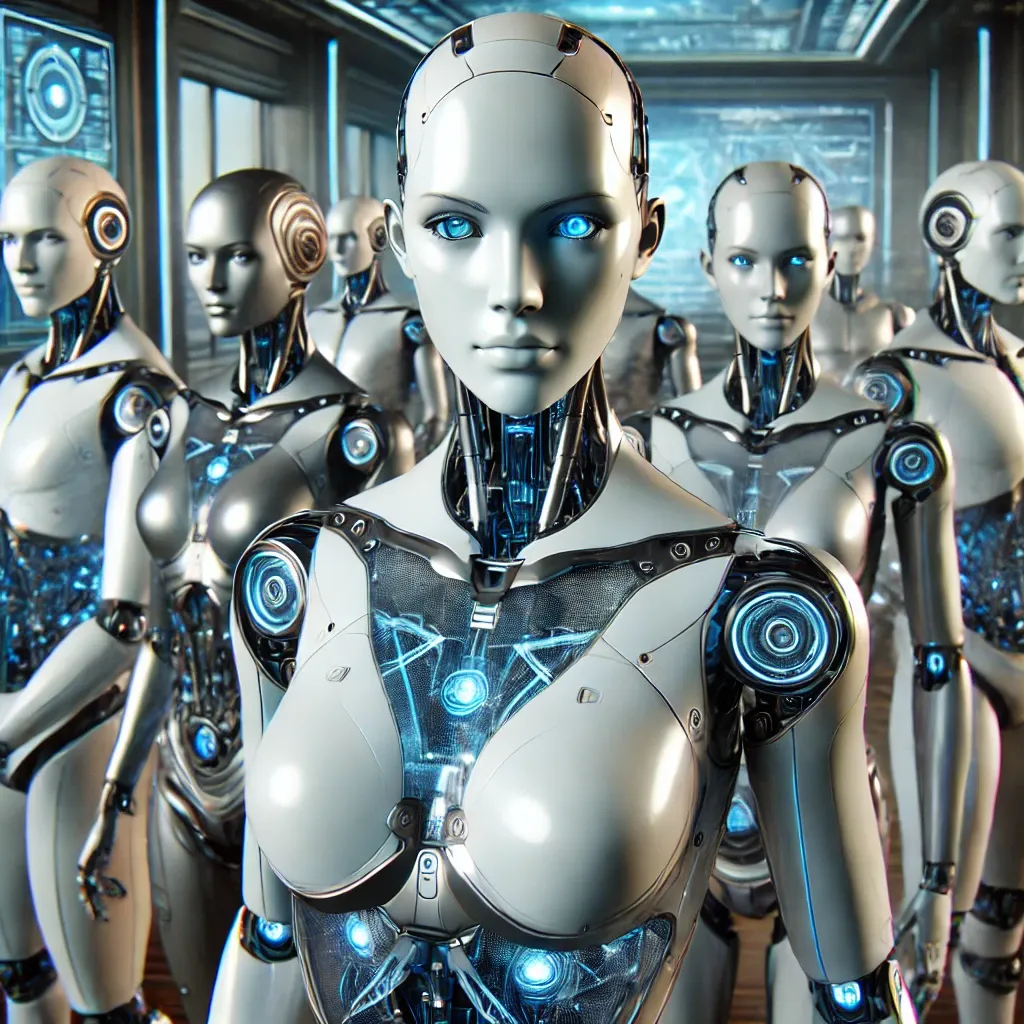What Tech Is Used in Human-Like Robots?
Article Source: Technology in Humanoid Robots

Why You Should Care
Humanoid robots are designed to look and act like humans, making them incredibly useful for many tasks. Understanding the technology behind these robots can help us see how they will shape our future, from helping with daily chores to assisting in dangerous jobs.
Answering the Question… What Tech Is Used in Human-Like Robots?
Humanoid robots use advanced technologies to mimic human movements and behaviors. They are equipped with sensors to see and feel their surroundings, AI for decision-making, and actuators that move their joints smoothly. For example, some robots have over 30 motors to control their movements, making them very lifelike and capable of performing complex tasks.
How Was the Study Done?
Researchers analyzed various humanoid robots, examining their design, sensors, actuators, and AI systems. They tested the robots in different environments to evaluate their performance, adaptability, and efficiency in completing tasks.
What Was Discovered?
- Advanced Sensors: Humanoid robots use cameras and tactile sensors to navigate and interact with their environment. For example, robots like ASIMO are equipped with multiple sensors, including visual and auditory, enabling them to recognize objects and voices.
- AI and Machine Learning: These robots utilize AI to learn from their experiences and improve their performance over time. AI technologies enable robots like Sophia to engage in conversations, understand human emotions, and adapt their responses accordingly.
- Sophisticated Actuators: Robots have actuators that function like human muscles, allowing for smooth and precise movements. For instance, Boston Dynamics' Atlas robot can perform complex maneuvers, such as backflips and running on uneven terrain.
- Human-Robot Interaction: Studies show that humanoid robots can effectively communicate and work with humans, enhancing productivity. Research indicates that robots can increase productivity by 20% in collaborative tasks with humans.
- Energy Efficiency: New technologies have improved the energy efficiency of these robots, allowing them to operate longer on a single charge. For example, energy-efficient actuators have reduced power consumption by 15% in some models.
- Adaptability: Humanoid robots can adapt to various tasks and environments, from household chores to industrial operations. They can perform a wide range of tasks, such as lifting objects weighing up to 50 pounds or assembling small components.
- Robust Design: Innovations in materials and construction have made these robots more durable and resilient. Robots like Honda’s E2-DR can withstand extreme weather conditions, including temperatures ranging from -10 to 40 degrees Celsius.
Why Does It Matter?
Humanoid robots are set to revolutionize many industries by performing tasks that are dangerous, repetitive, or require precision. They can assist in healthcare, manufacturing, and even space exploration.
Understanding their technology helps us prepare for a future where robots play a significant role in our daily lives, improving efficiency and safety.
Link to full article: Technology in Humanoid Robots
